
How much is the average electric bill in the United States? Learn how much the average electric bill costs in your state and ways to reduce it.
Common outlet types include 2-prong, 3-prong, GFCI, AFCI, and combination outlets


Electrical outlets power everything in your home, from microwaving your leftovers to charging your smartphone. Although you probably use them every day, you may not know just what makes each electrical outlet type different from others. Making sure your home has the right kind of outlets can help to improve energy efficiency, reduce electrical dangers, and ensure that you can always plug in the tools and appliances you need. Below are the most common types of electrical outlets.
When taking on this project, expect questions only a pro can answer. With our network of local pros, you'll get the job done and your questions answered—without the hassle and stress of doing it yourself.

There are two types of 15A, 120 volt outlets:
2-prong 15A, 120 volt outlets are common in older homes. These 2-prong outlets aren’t as safe as more modern 3-prong outlets because they don’t have a grounding hole. In many cases, 2-prong outlets aren’t up to building codes for current homes, so you may have to replace them if you renovate your house. In addition, some chargers, like those for many laptop computers, won’t fit in a 2-prong outlet.
A 3-prong 15A, 120 volt outlet is what most people picture in their minds when they think of an electrical outlet. It features two slots and a grounding hole. This standard outlet is suitable for most types of appliances and items, and it’s the most common type of outlet.

If you need more power, a 20A, 125 volt outlet can provide it. These look similar to a 3-prong 15A, 120 volt outlet, but feature a sideways “T” shape in place of one of the vertical slots. These types of outlets are good for rooms that have a lot of electricity-hungry appliances, such as refrigerators and washing machines. However, they’re also more expensive to install.
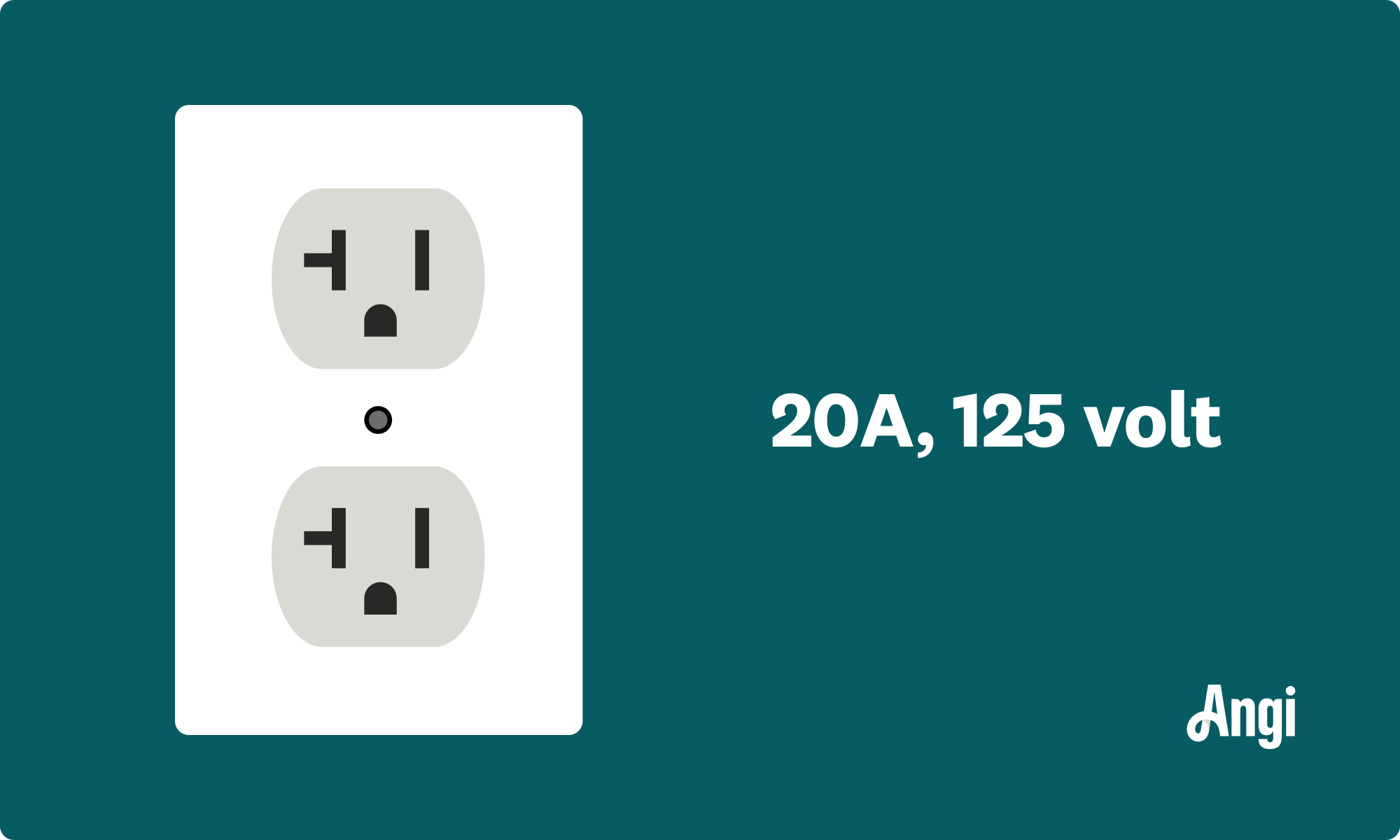
Some appliances, like power tools or air compressors, need even more power than what a 20A, 125 volt outlet can provide. In these instances, you can use a 20A, 250 volt outlet. Though, this type of outlet tends to be more common in commercial spaces.

If you ever accidentally shocked yourself by sticking something in an outlet as a kid, you’ll be glad to know that tamper-resistant outlets are now required in most new homes. These outlets feature a shutter mechanism that prevents children from electrical injuries and only opens for a plug.
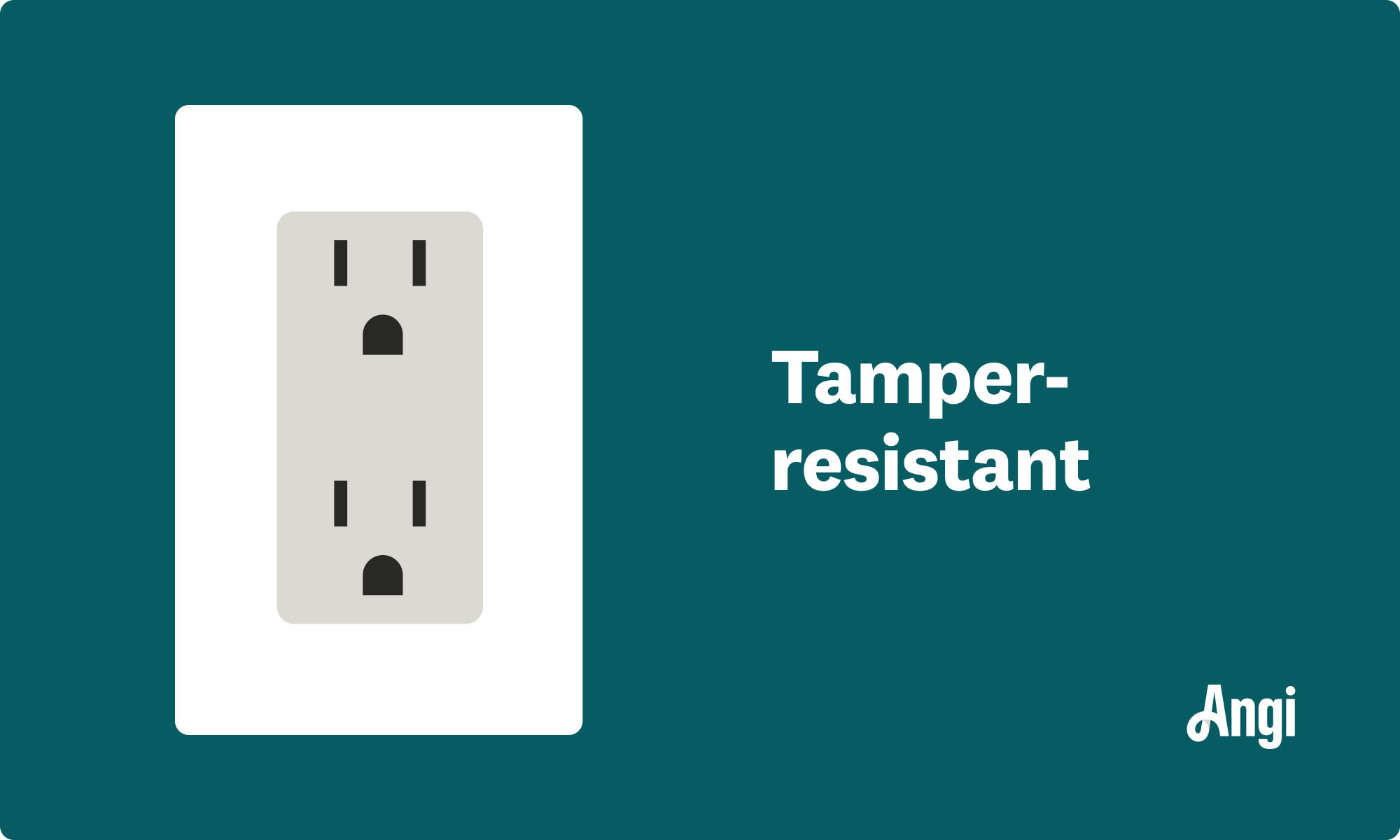
Ground Fault Circuit Interrupter outlets, or GFCI outlets, are often required in areas that may be exposed to water—think your bathroom, kitchen, or basement. They help prevent dangerous ground faults by cutting power if it senses electrical leakage.
AFCI stands for Arc Fault Circuit Interrupter. Like GFCI outlets, this type of outlet is also designed with safety in mind. They help prevent electrical fires by interrupting power when hazardous arcs are detected. While this type of outlet was once primarily recommended for bedrooms, they’re now required in most areas of the house.
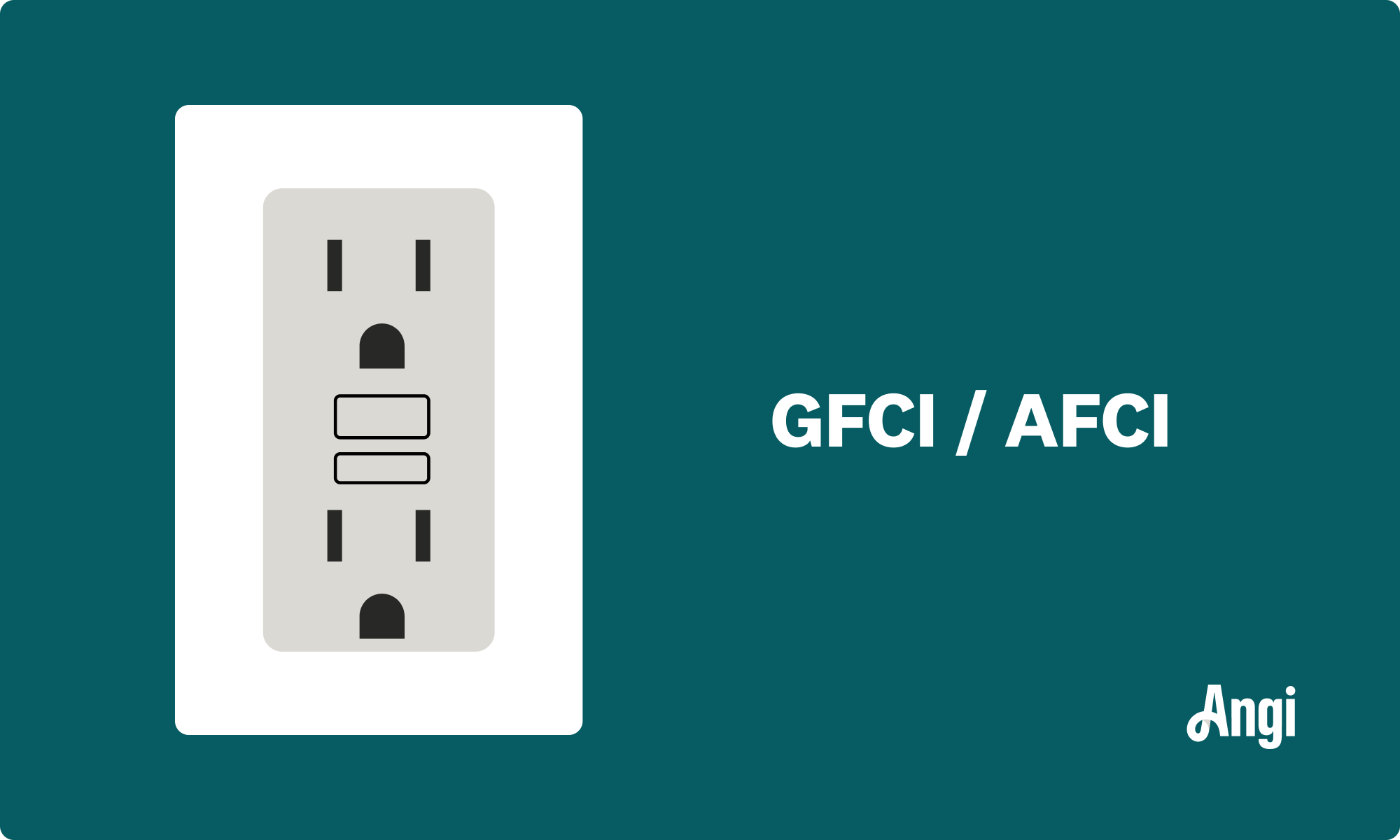
Switched outlets can come in handy if you have appliances you want plugged in at all times. In these instances, you can turn the appliance on or off with a switch without having to plug in or unplug the appliance every time you use it.
Combination outlets are just what they sound like: they usually combine two or more features in one outlet for added versatility. For example, some combination outlets feature a standard 3-prong outlet as well as a switch.
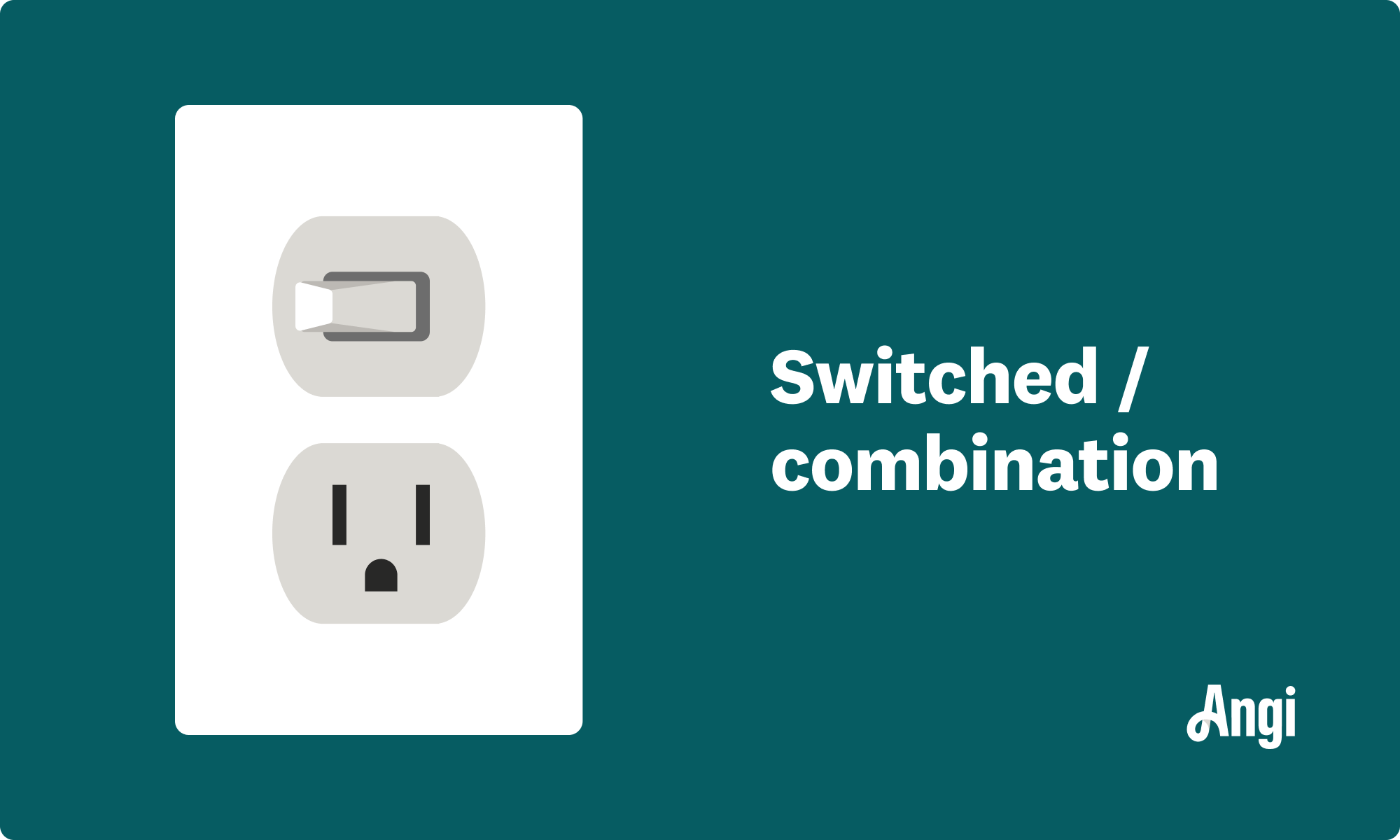
USB outlets are a relatively new type that allow you to plug in USB devices, including smartphones, tablets, and ebook readers. The main benefit of a USB outlet is that you don’t need a USB converter plug. Instead, you can connect a USB cable directly with the outlet.
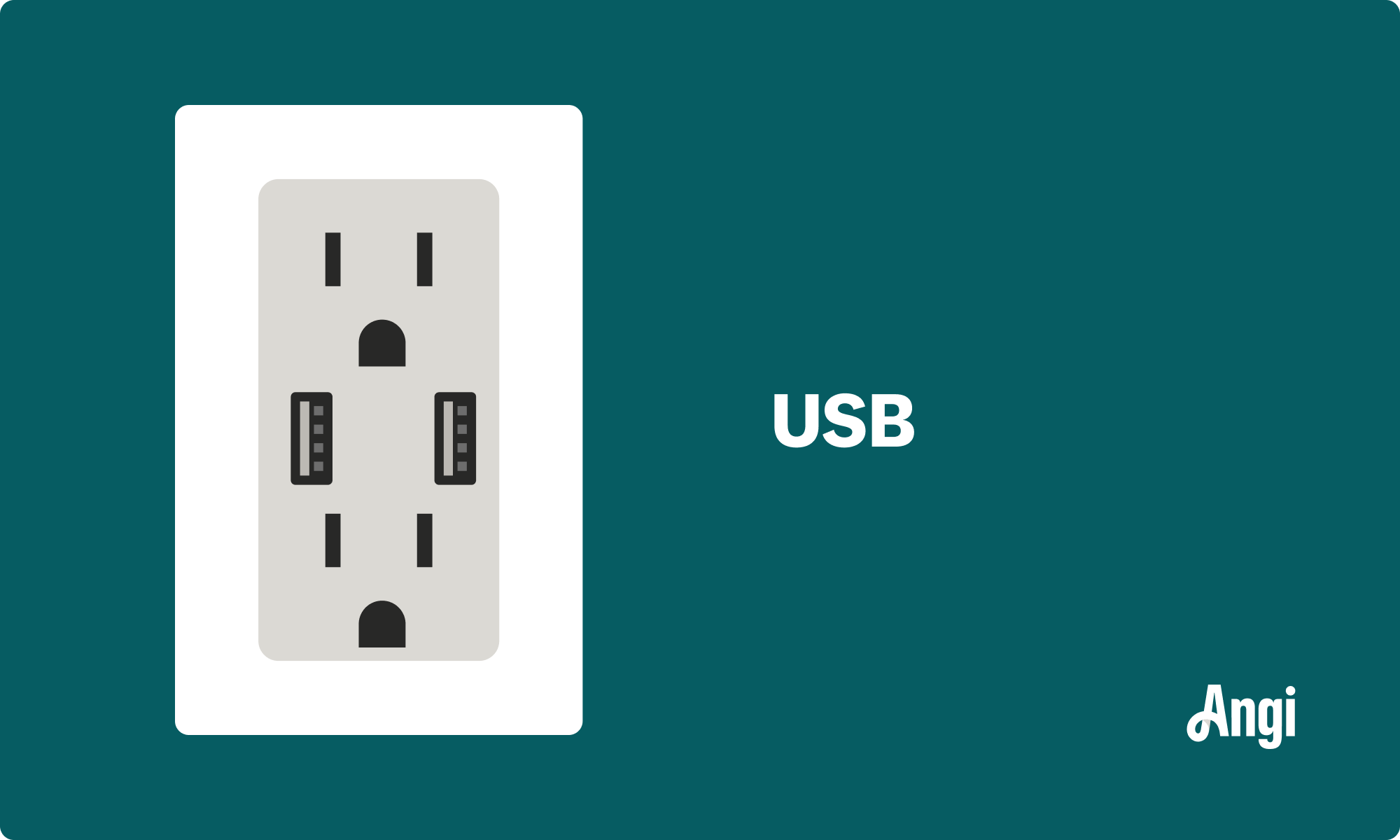
Smart outlets allow you to control the outlet using your phone or other device. In some cases, you can plug smart outlets directly into pre-existing outlets. You can use this type of outlet to provide power to appliances only at certain times. Because you’re able to turn them off or on on a schedule, they’re also able to increase the energy efficiency of your home.

Weather-resistant outlets are often required in outdoor areas that may be exposed to the elements. These outlets are designed for inclement weather like rain or snow and are made from corrosion-resistant materials that can stand up to the elements.
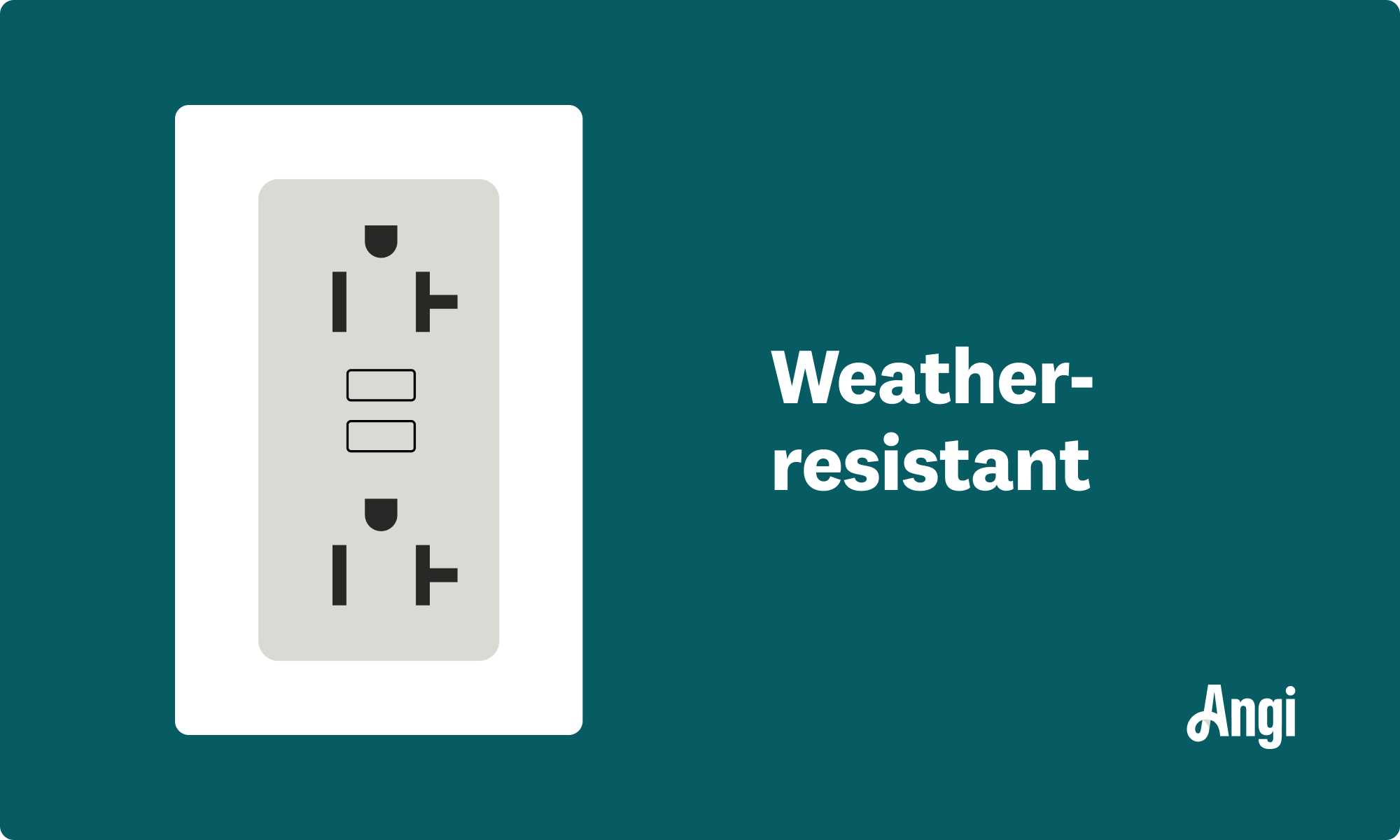
If you’ve ever struggled to plug in two large plugs into the same small outlet, it’s easy to see how rotating outlets could come in handy. These outlets allow you to rotate the orientation of the outlet slots, making it easier to fit multiple plugs in the same outlet.
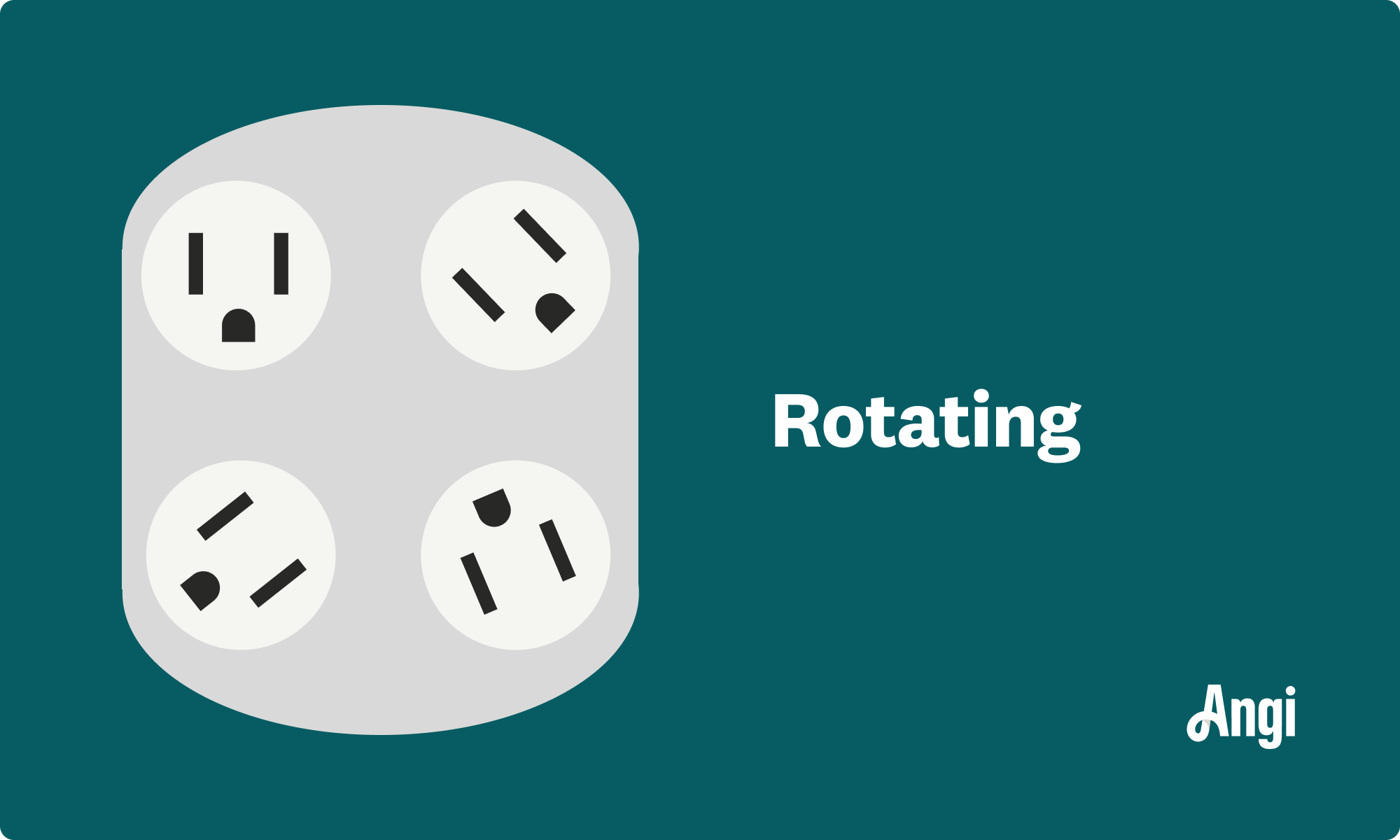
The cost to install an electrical outlet ranges from $100 to $450, with an average price of $300. Most of this figure accounts for labor, as the parts themselves are quite cheap. However, more elaborate outlets, like smart and USB outlets, are more expensive than standard 2-prong and 3-prong options.
The overall price may greatly increase if your home’s wiring is deemed faulty and requires replacement to complete the installation process safely, which can increase the cost to $540 to $2,100.

Electricity powers many different things in our homes, from appliances like dishwashers and refrigerators to devices like smartphones and computers. While it’s possible to take a DIY approach to different areas of your home, we don’t recommend taking on electrical problems yourself.
Not only can DIY electrical repairs damage your home if done incorrectly, but they can also cause serious injury if you’re not careful. In most cases, we recommend contacting an electrician near you to discuss your options.
However, if you have experience with electrical work, you can save money by installing an outlet yourself. Depending on the type of outlet you install, it may cost as little as $25. Parts are cheap, and you likely already own tools like pliers and a screwdriver.
From average costs to expert advice, get all the answers you need to get your job done.

How much is the average electric bill in the United States? Learn how much the average electric bill costs in your state and ways to reduce it.

The cost to ground outlets depends on several factors. This guide will help you prepare for all of the costs involved with this project.

How much does it cost to add an electrical outlet in Houston? Review local averages, code considerations, and installation factors specific to the Houston area.

Travelers are essential components in multi-way switches. So, what is a traveler wire, and how does it function? Find out more here.

If your home contains original aluminum wiring, you may want to take action to avoid danger. Learn why aluminum wires are hazardous and how you can address these issues safely.

Learn a new skill and find out how to wire a light switch (safely) in your own home. This is one project that’s sure to light up your day.